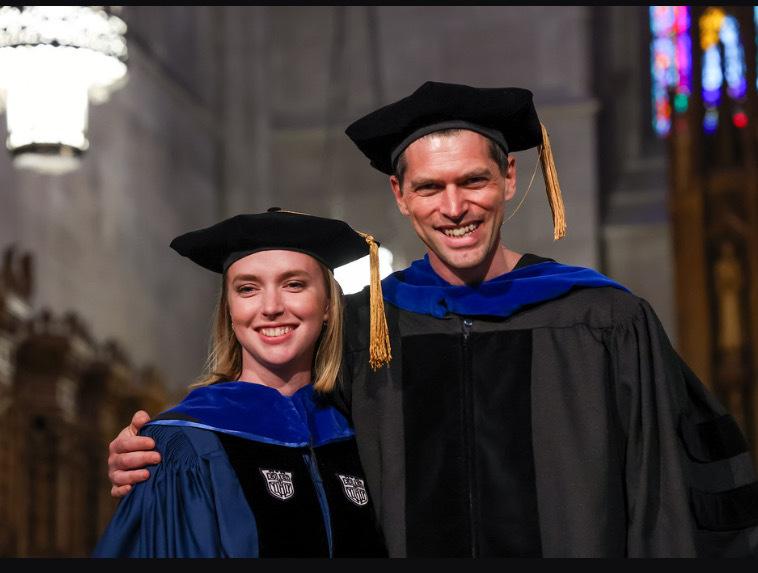
A new study in the journal Nature Communications from Don Fox’s lab uncovers a clue as to how different cell types acquire their identity. The study was primarily performed by Rebeccah Stewart, a recent PhD graduate in the molecular cancer biology program. She focused on the biology of codons, the triplet sequences in RNA that determine the amino acids in proteins. It has been long mysterious why there are different versions of codons that make the same amino acids- this is referred to as genetic code redundancy. Some codons occur frequently (common) whereas others are rare.
Stewart found that stem cells in the brain of the fruit fly Drosophila are unable to express genes that are enriched in some of the rarest codons in the genome. In contrast, differentiated neurons are able to express such genes. She then went on to conduct a genetic screen, which revealed that an RNA binding protein called Orb2 is important for this codon difference between neurons and stem cells. With collaborators in Dr. Alain Laederach’s lab at UNC, Stewart then identified numerous rare codon genes that Orb2 controls in neurons. She then further studied one of these, a receptor called mGluR. With collaborators in Dr. Pelin Volkan’s lab at Duke, Stewart showed that changing the types of codons in mGluR could alter fly behavior, even though the amino acids were left unchanged.
These findings highlight a way by which neurons can acquire unique identify form other cell types. As Orb2-like genes are found in humans, the Fox lab’s findings could apply to human brain development and disease. Codon usage is a topic of study in the Fox lab because of the PCB department, as this work originated from a collaboration with Dr. Chris Counter’s lab. Other co-authors on the study include Dr. Jessica Sawyer, a PCB faculty member, and Patrick Nguyen, a recent honors thesis undergraduate. This fall, Dr. Stewart will begin a postdoctoral position at Memorial Sloan Kettering Cancer Center, where she will further her interest in RNA biology.